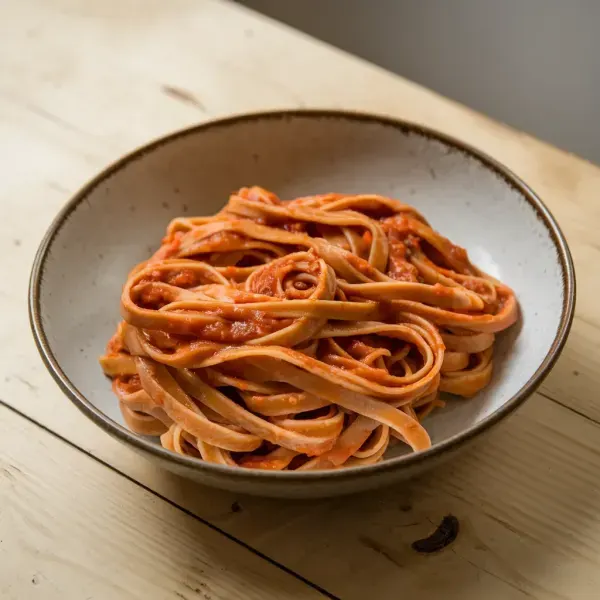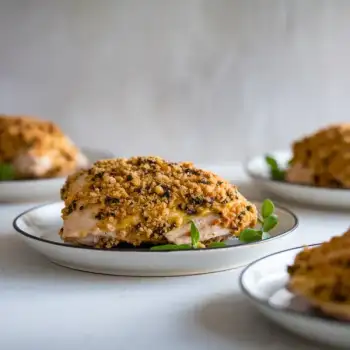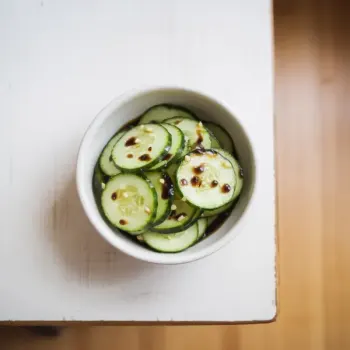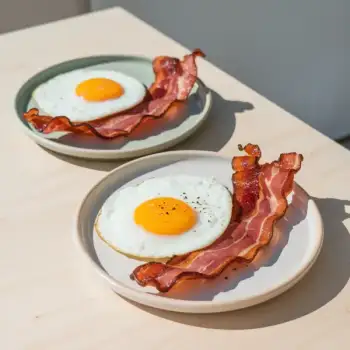
 93 minutes
93 minutesAn artisanal homemade fresh pasta recipe transforming simple ingredients into a delightful culinary experience.


cups
each
each
Semolina Flour, for dusting
tablespoons
Water, as needed
tablespoons
1. Mix Flour and Eggs
Pour 2 cups of all-purpose flour into a large mixing bowl and make a well in the center. Crack 2 large eggs and add 3 egg yolks into the well, then mix with a fork, gradually incorporating the flour into the eggs until they're well combined.
2. Knead the Dough
Once the mixture starts to form a dough, knead it with your hands on a lightly floured surface for about 4 to 5 minutes until it is smooth, elastic, and has a uniform color.
3. Rest the Dough
Wrap the kneaded dough in plastic wrap and let it rest for at least 30 minutes, but no more than 4 hours. This allows the gluten to relax and makes the dough more pliable.
4. Prepare for Shaping
Prepare some baking sheets by lining them with parchment paper and dusting them with semolina flour. This will be where you'll place your shaped pasta.
5. Roll and Shape the Pasta
Cut the rested dough into quarters. Flatten one quarter with your hands before passing it through a pasta machine. Start on the widest setting, then gradually reduce the setting, rolling the dough until it's thin enough to see your hand through it. Cut into desired shapes and dust lightly with semolina flour.
6. Cook the Pasta
Boil a large pot of water and cook the pasta until al dente, usually about 2 to 3 minutes. Drain and serve with your favorite sauce.
Opt for “00” flour, which is finely milled and high in protein, making it ideal for silky, smooth pasta. You can also mix it with semolina flour (about a 50/50 ratio) for texture and flavor.
Allow your dough to rest for at least 30 minutes, covered in plastic wrap. This allows the gluten to relax, making it easier to roll out and ensuring your pasta has a better texture.
Knead your dough for at least 10 minutes until it’s smooth and elastic. This develops gluten, which gives your pasta structure. Resist the temptation to add too much flour during kneading—slightly sticky dough is okay.
Use farm-fresh eggs if possible. The quality of eggs affects the color and flavor of your pasta. Large eggs are typically used in most recipes, but always weigh them if you want precision (55 grams per egg is a good standard).
Use a large pot with plenty of water, heavily salted. Think of your water as 'as salty as the sea.' This is your only chance to season the pasta itself.




Comments (0)